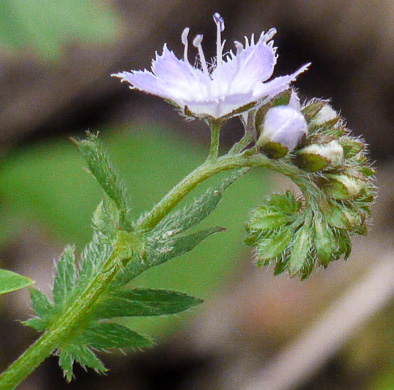
Tutors at the TutorsGlobe are committed to provide the best quality online tutoring assistance for Biology homework help and assignment help services. Through Online Tutoring, you would be able to complete your homework or assignments at your home. You can join us to ask queries 24x7 with live, experienced and qualified online tutors specialized in Inflorescence. We provide email based Inflorescence homework help. Here you can get homework help for Inflorescence, project ideas and tutorials. Students are getting 100% satisfaction by online tutors across the globe.
Helicoid cyme full#
Tutors, at the take pledge to provide full satisfaction and assurance in Inflorescence homework help via online tutoring. Latest technology based Biology Online Tutoring Assistance The lateral branches build up from the branch continue to branch constantly, example: Nerium. The lateral branches occurring from the bracts are generated alternately to the left and to the right in a zig-zag way, example: Heliotropium. The major axis stops growth after generating a flower. The lateral branches occurring from the bracts are on one side merely giving mount to a helical appearance. This is of two kinds: Helicoid cyme and Scorpioid cyme. Out of the two lateral bracts merely one branch further, like cyme is termed as monochasial cyme. The inflorescence axis finishes in a flower. Therefore a branched simple dichasium forms a compound dichasium, example: Clerodendron. Therefore symmetrical bunches of three flowers each are produced where the central flower is the oldest. Each of such branches bears a pair of bracts and these too give mount to a pair of lateral branches each. From the lateral bracts of this flower a pair of branches occurs, each ending in a flower. The tip of the inflorescence completes in a flower. Therefore there are three flowers in the inflorescence and the central flower is the oldest, example: Jasminum. The two lateral bracts at the base of the flower give mount to branches ending in a flower. Example: Papaver-Terminal solitary cyme, and Hibiscus-Axillary solitary cyme. These flowers are termed to as terminal solitary cyme and axillary solitary cyme correspondingly. The kind of the stem or the axil of the leaf might exhibit a single flower that exhibits a joint on the pedicel.

Hibiscus (the genus Hibiscus) is in the MalvaceaeīONUS 3: What term describes the fruit that is scattered over the outside of the strawberry?Īchene is the term for the individual fruits, scattered over the surface of the fleshy outgrowth of the receptacle.Cymose inflorescence is of different types: This drink is named after a plant species: from a family you learned. What kind of fruit is this? (Ranunculaceae Clematis)īONUS 1: To what Family does the plant belong that is the source of this snack?īONUS 2. Stem shape (squareness), ovary lobing, fruit typeģ4. N ame one feature that could be used to tell these two families apart in the field. What kind of fruit is this? (Apiaceae/Umbelliferae Lomatium)ģ3.

Name one feature that could be used to tell these two families apart in the field. (Onagraceae Epilobium)Įpigynous (inserted above an inferior ovary)ģ1. Describe the insertion of the androecium and perianth parts of these flowers. What kind of inflorescence is this? (Hydrophyllaceae Phacelia)ģ0. The androecium and perianth in these flowers are attached to what structure? (Rosaceae Prunus)Ģ9. What kind of fruit is this? (Ericaceae Vaccinium)Ģ8. Head or capitulum (also the heads are arranged as a corymb))Ģ7. What kind of inflorescence is this? (Compositae Petasites) Hypogynous ( inserted below a superior ovary)Ģ6. Petal fusion, stigma separation, stamen attachment to petalsĢ4. What kind of inflorescence is this? (Betulaceae Betula)Ģ2.


 0 kommentar(er)
0 kommentar(er)
